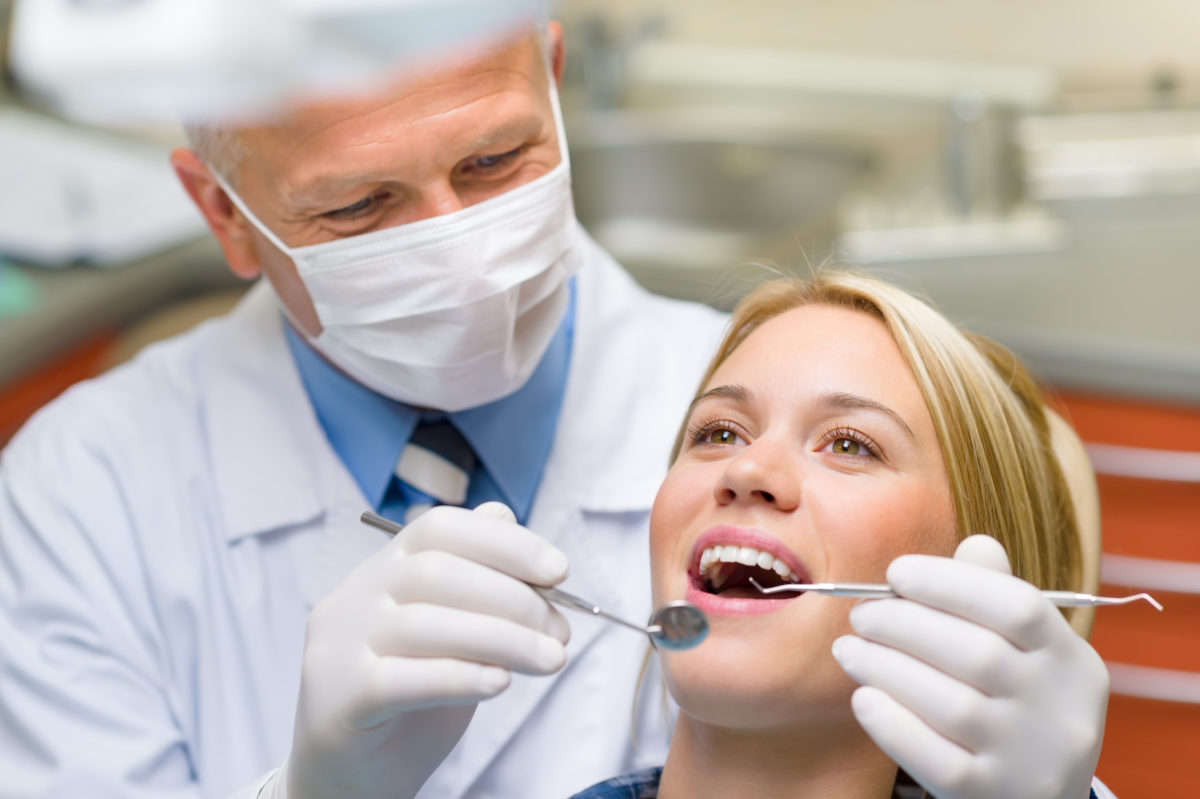Getting The Legacy Orthodontics To Work
Getting The Legacy Orthodontics To Work
Blog Article
Legacy Orthodontics for Beginners
Table of ContentsThe Greatest Guide To Legacy OrthodonticsSome Known Facts About Legacy Orthodontics.An Unbiased View of Legacy OrthodonticsThe Only Guide to Legacy OrthodonticsThe Definitive Guide for Legacy Orthodontics
At Advanced Orthodontics, we provide individuals with a alternative therapy experience. On top of that, we use adjustable treatment routines, adaptable settlement alternatives and an enjoyable, pleasurable experience. invisalign. Call ( 480) 357-4900 today for more information and routine a consultation.An orthodontist is a dental expert trained to identify, prevent, and deal with teeth and jaw abnormalities. They correct existing problems and are trained to determine troubles that may establish in the future. Orthodontists work with people of all ages, from kids to grownups. People frequently link an excellent smile with healthiness.
Malocclusion, or misaligned teeth, can lead to oral concerns, including dental caries, gum tissue illness, and hard or painful chewing. Yet not everybody is birthed with straight teeth. If you have a negative bite or large rooms between your teeth, you might intend to consult a dental practitioner specializing in orthodontic treatment.
What Does Legacy Orthodontics Do?
( Image Credit Rating: DigitalVision/Getty Images) Orthodontists use taken care of and removable oral devices, like dental braces, retainers, and bands, to transform the position of teeth in your mouth. Orthodontic therapy is for dental problems, including: Misaligned teethBite issues, like an overbite or an underbiteCrowded teeth or teeth that are as well far apartJaw misalignmentThe objective of orthodontic therapy is to boost your bite.
A healthy bite ensures you can eat, eat, and talk effectively. While you might think of orthodontists as primarily for children or teens that need dental braces, they can fix dental problems at any type of age. Orthodontists attend university, dental college, and orthodontic institution. After graduation, they spend 2 or 3 years in an orthodontic residency program.
, but not all dentists are orthodontists. They concentrate on two locations: How to effectively and safely move teeth Just how to effectively assist development in the teeth, jaw, and faceOnce an orthodontist has finished training, they have the alternative to come to be board accredited.
Everything about Legacy Orthodontics
Imbalance, or malocclusion, is the most usual reason individuals see an orthodontist. It is genetic and is the result of size differences in between the top and lower jaw or between the jaw and teeth. Malocclusion causes tooth overcrowding, a misshapen jaw, or uneven bite patterns. Malocclusion is typically treated with: Your orthodontist affixes metal, ceramic, or plastic square bonds to your teeth.
If you have only minor malocclusion, you may be able to use clear dental braces, called aligners, rather than standard dental braces (https://urlscan.io/result/7d65dac9-0341-459e-8786-85beeca47567/). Some people require a headwear to aid relocate teeth into line with stress from outside the mouth. After braces or aligners, you'll require to wear a retainer. A retainer is a personalized gadget that maintains your teeth in location.
They're usually utilized on children. They click this site can produce extra room in the mouth without needing to draw teeth. If you have a severe underbite or overbite, you might need orthognathic surgery (likewise called orthodontic surgery) to extend or shorten your jaw. Orthodontists make use of wires, medical screws, or plates to support your jaw bone.
You may need to see an orthodontist if you have: Crowding or not adequate room for all of your teethOverbite, when your upper teeth come by your bottom teethUnderbite, when your bottom teeth are also far forwardSpacing or concerns with gapsCrossbite, which is when your top teeth fit behind your base teeth when your mouth is closedOpen bite or a vertical void between your front bottom and upper teethMisplaced midline, when the facility of your base and top teeth don't align Remedying an oral malocclusion can: Make biting, eating, and speaking easierImprove the proportion of our face and your general appearanceEase discomfort from temporomandibular joint problemsSeparate your teeth and make them much easier to clean up, assisting protect against dental caries or cavities It's commonly a dental expert that initially notices misaligned teeth throughout a regular examination.
How Legacy Orthodontics can Save You Time, Stress, and Money.

During your first orthodontic consultation, you'll likely have: A dental examPhotos taken of your face and smileDental X-raysPanoramic (360 degree) X-rays of your face and headImpressions to develop mold and mildews of your teethThese tests will certainly assist your orthodontist know just how to proceed with your treatment. orthodontics. An orthodontist is a dental practitioner who's had training to treat your teeth and jaw
An orthodontist is concentrated on your bite, so something like a cracked tooth would be taken care of by a dental professional. Orthodontists are focused on your bite, or the method your teeth fit with each other, and the straightness of your teeth.
Ever asked yourself how celebrities always seem to have perfectly straightened teeth? Orthodontists are oral specialists who concentrate on dealing with irregularities in the teeth and jaws.
How Legacy Orthodontics can Save You Time, Stress, and Money.

, orthodontists have a varied toolkit at their disposal. These tried-and-true braces use a system of brackets bound to the teeth and linked by cables.
Clear aligners, like Invisalign, are a prominent option for patients seeking an extra discreet therapy alternative. These removable trays are tailor-made to progressively move the teeth's placement. Headgear may be made use of together with braces or aligners to use additional targeted forces, especially for remedying jaw disparities. In situations of narrow jaws, palatal expanders can be made use of to produce space for appropriate tooth alignment.
Report this page